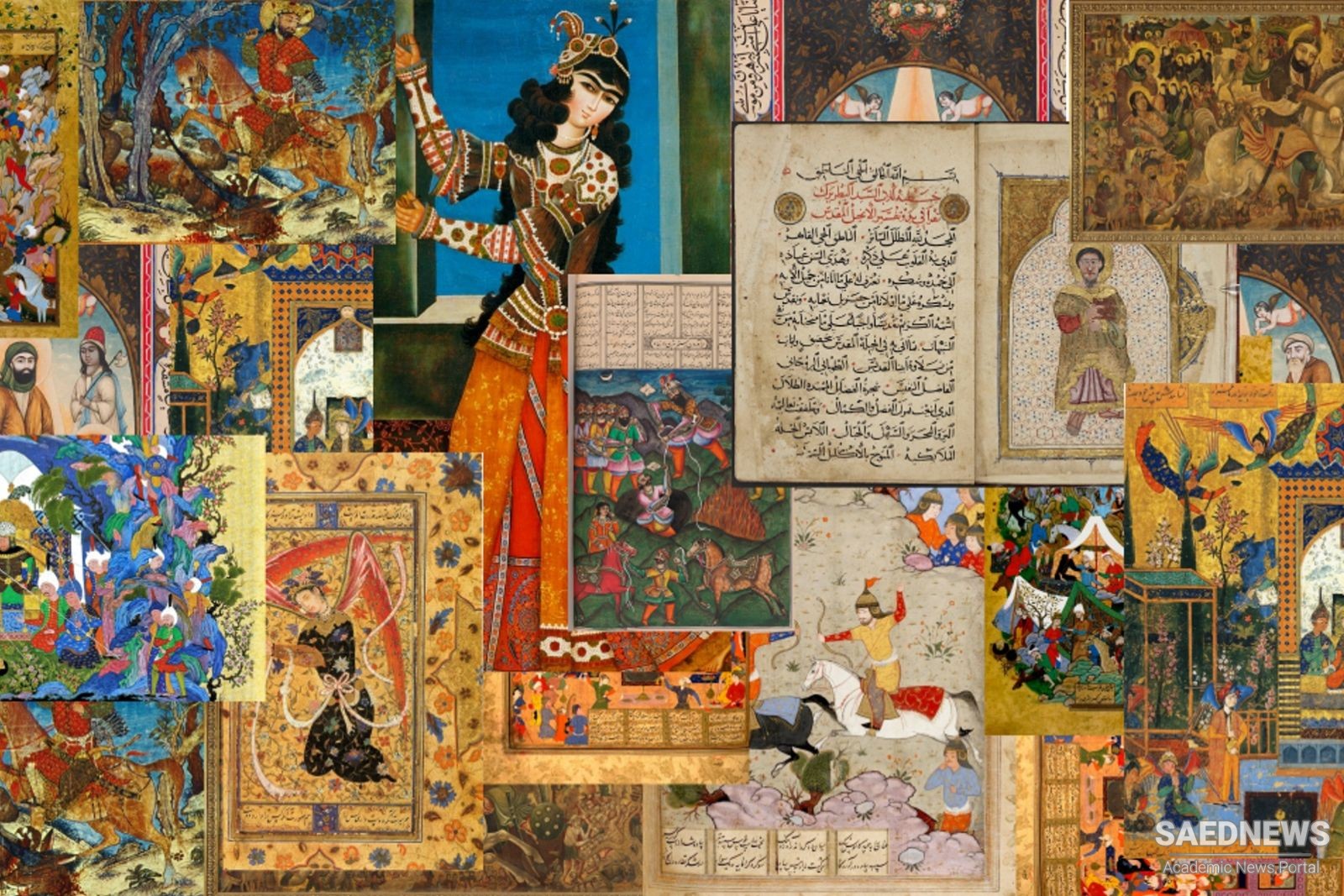In common usage classical Persian literature refers to the literary tradition that emerged in the third Islamic century (9th century CE) simultaneously with the renaissance of the Persian language as a literary medium. For more than a millennium it continued to exist as a living and extremely productive “tradition” (in the most appropriate sense of the term), which held unrivalled sway over all activities at the level of polite literature. Its normative strength was apparent also in the literatures of other Muslim nations who were not persophone, but were strongly influenced by the Persian literary tradition, in particular the Turks of Central Asia and Anatolia and the Muslim peoples of the Indian Subcontinent. Even nonMuslim denominations—notably the Jews and the Zoroastrians—faithfully followed the classical rules when they dealt in Persian poetry with subjects belonging to their own religious traditions. The hegemony of the normative system of classical Persian literature was broken only in the 20th century, when a modern Persian literature emerged, a quite different tradition influenced strongly by Western models. The focus in this volume will be Persian literature in its classical form and as a written tradition. For a discussion of the general features of pre-Islamic and modern literatures as well as of forms of oral literature in the Iranian linguistic area the reader should turn to the volumes of this series that are specifically devoted to these subjects.


 Persian Classical Music: Background and System of Modes
Persian Classical Music: Background and System of Modes














































